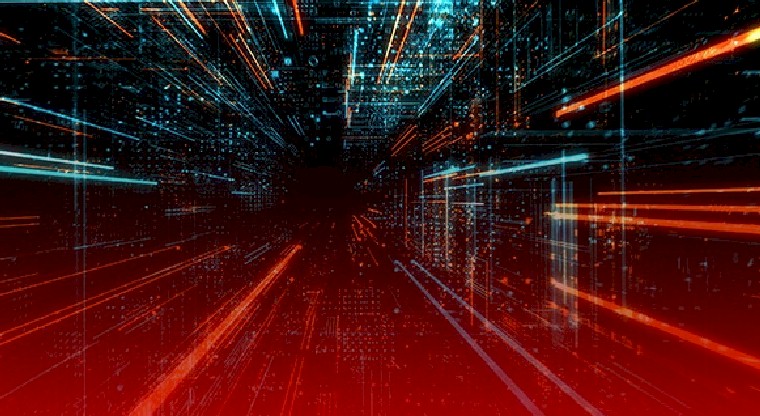
When Gajen Kandiah took over as CEO of Hitachi Vantara a year ago after almost 15 years with IT services company Cognizant, he found a company with a deep history in the data storage space, growing strength in services and a presence in the fast-growing edge computing realm. It had a name that was ubiquitous in Japan but had little traction in the rest of the world. It was competing with the infrastructure giants in the world, from Dell Technologies to Hewlett Packard Enterprise to IBM and like the others was trying to navigate in a rapidly evolving IT environment of clouds and the edge, exponential data growth and advanced workloads like artificial intelligence (AI) and analytics.
Unlike many of its competitors, it also is part of a much larger organization, the Japanese multinational Hitachi, which has its hands in everything from construction machinery and automotive systems to industrial systems like elevators and railway systems, power grids and air conditioning equipment.
Hitachi Vantara has been cobbled together over the past five years, becoming the operational technology (OT) and IT arm for the massive parent company. In 2016, Hitachi moved its industry-specific IoT solutions unit into an umbrella organization called the Hitachi Insight Group. A year later, Hitachi combined that company with Hitachi Data Systems (its compute and storage business) and Pentaho data integration and analytics unit, creating Hitachi Vantara. Two years after that, the Hitachi Consulting unit was folded into Hitachi Vantara.
Hitachi Vantara has since been adding capabilities to its portfolio with an eye to becoming more of a solutions company, taking an approach similar to that of its competitors that also see a need to offer hardware, software and services as solution sets to enterprises and midlevel organizations that are rapidly adopting hybrid cloud scenarios. Just during Kandiah’s time with Hitachi Vantara, the company made moves as updating its Unified Compute Platform hyperconverged infrastructure offerings, bringing its Lumada Industrial Internet of Things (IIoT) capabilities to Amazon Web Services (AWS), and expanding its E Series family of NVM-Express all-flash arrays and introducing its Virtual Storage-as-a-Service for midsize enterprises.
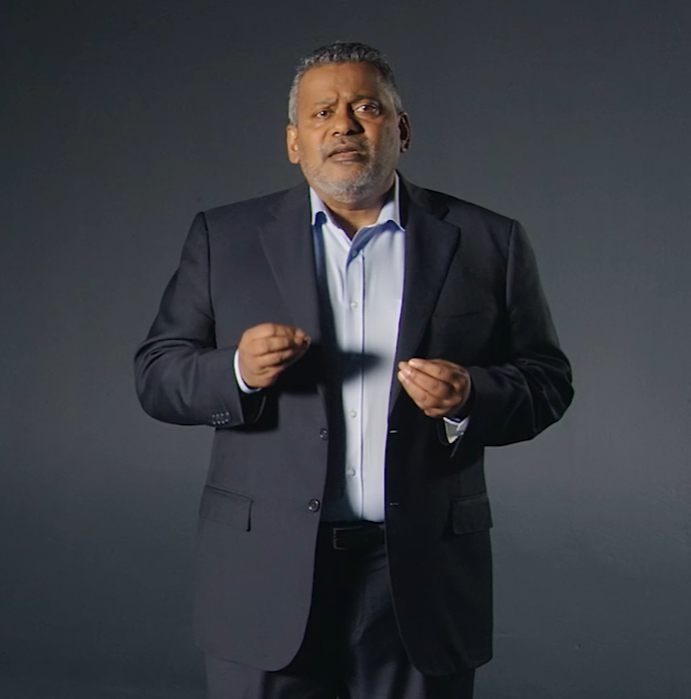
More recently, the company in March announced it is buying GlobalLogic to bolster its Lumada solutions and services by adding digital engineering capabilities. It’s part of a larger multi-pronged strategy undertaken by Hitachi even before Kandiah came to the company and now pushed by the CEO to raise Hitachi Vantara’s worldwide profile. That included the presentations the company made during Hitachi’s virtual Social Innovation Forum 2021 earlier this month and highlighting the work the company is doing with such high-profile organizations like Disney and the American Heart Association.
“I think we got caught in the ‘let’s chase IoT’ journey for a little bit,” he tells The Next Platform. “IoT is a thing. It’s a component of an answer, but it’s not the answer. While we continue to stay committed to our Lumada Edge Intelligence platform, the ability to stitch it together as a solution to our clients is going to be even more important than just selling the piece parts and having them integrate it or having a third-party integrate it. That’s been the pivot that I have made, to say, ‘Look, we want to be a partner that drives solutions and outcomes to our clients, not be the best in edge intelligence or the best in enterprise storage,’ because in the end, that’s not what our clients are looking for.”
Much of Hitachi Vantara’s strength remains with storage and a driving factor in its creation was its internal work with Hitachi and IoT, but Kandiah sees that as the foundation of something that is growing much larger. The CEO also wants to focus on the path Hitachi Vantara is taking, including leveraging its relationship with Hitachi’s various businesses to deliver vertically integrated solutions and to help Hitachi transform its products to fit a more solution-oriented world.
“We can partner with our businesses and go to market, which we will,” he says. “But the real value for Hitachi is how we digitally transform our array of products – our water systems products or some of our industrial products. What is the software component of it? How do I build that and how do I pivot from selling it as a product to making the evolution to a service. Air-as-a-service is something we were joking about the other day. Hitachi-owned Sullair sells compressors. That’s air, so we said, ‘Can we pivot to air-as-a-service?’ Well, you need to build an entire digital fabric on top of that to be able to do that and we will do that by leveraging the capabilities of GlobalLogic on the engineering side and Hitachi Vantara on the operation side. That’s the sort of pivot that you will see us make. It’s a long-term shift, but it’s interesting enough to talk about and share with our clients and pull them into the journey with us.”
Hitachi Vantara’s work with Disney was a focus of the Social Innovation Forum. Disney Parks in 2019 took on Hitachi Vantara initially to leverage the tech company’s Lumada Edge Intelligence predictive analytics platform to ensure the efficient operations of its rides, starting with the Slinky Dog Dash rollercoaster at Disney’s Hollywood Studios in Florida. The ride generates tens to hundreds of gigabytes of data from input/output systems that include sensor information on electrical equipment such as conveyors, motors and gates, Michael Tschanz, director of engineering technology and analysis for Disney Parks, Experiences, and Products, said during a presentation.
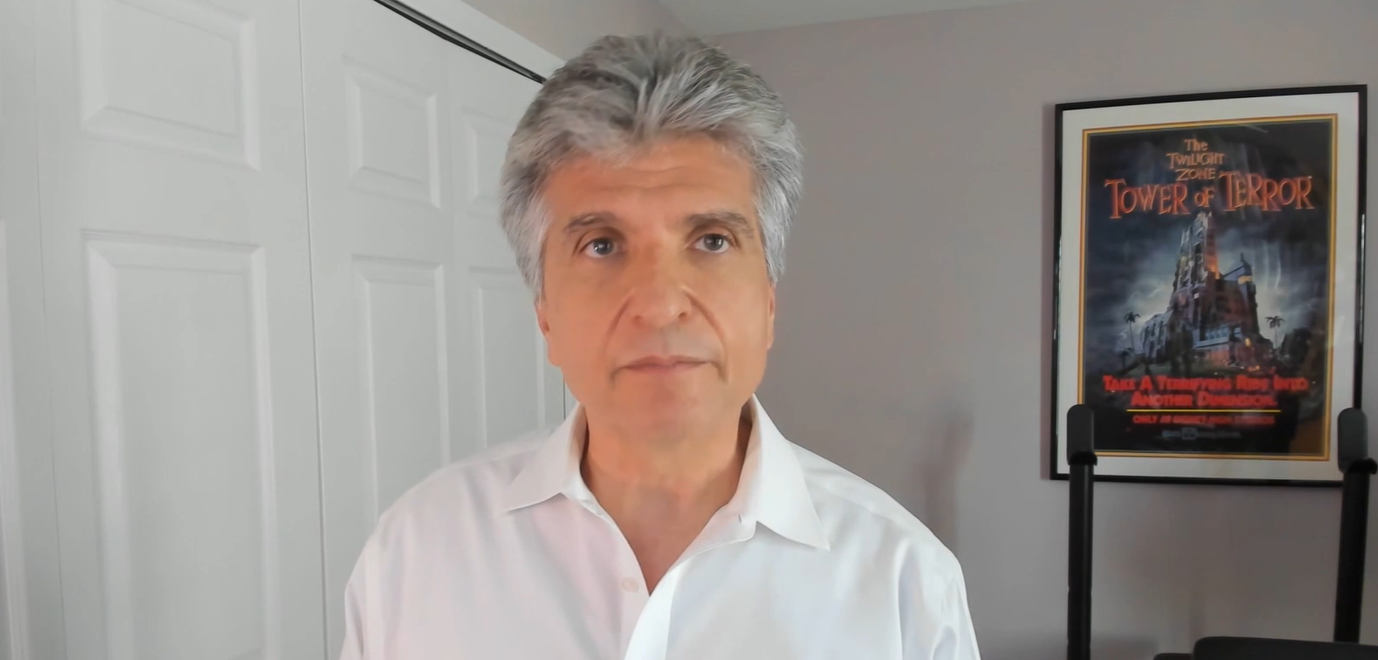
That information traditionally was sent to the ride’s control system, which would then act on it, Tschanz said. However, the company decided there needed to be a deeper dive into the data to better understand how the ride was functioning, so the data began being sent to the Attractions Data Acquisition System (ADAQ), where it’s put into a digital format, stored in a data lake and then run through a predictive and prescriptive analytics system.
“On-prem training is traditional AI machine learning, where we’re training those algorithms on the historical data and then using those algorithms in order to predict the performance of the actual ride system,” he said, adding that the on-premises inference system running the algorithms is the Lumada Edge Intelligence platform. “We also expanded this and continue to do so by including things like self-service analytics and digital twins. Recently, we’ve also got a cloud integration of it so that we can utilize a cloud architecture to perform both our machine learning [and] also some additional work in the digital twin spaces, where we’re doing the cloud training and data exploration.”
The historical data from sensors, brakes, gates, drive systems and similar areas are run inside the Lumada platform, which then puts the data into a dashboard where the inferencing work enables the dashboard to create alerts that the maintenance personnel can see and address. In addition, the dashboard information and insights also can be used by the company’s sustaining and Imagineering personnel to help them improve the ride systems, Tschanz said.
“We have a lot of data that we’re bringing in,” he said. “We’re bringing in anywhere from 10 to hundreds of gigabytes per day. It’s a very high-rate system, so we needed a high-performance solution. This is actually one of the reasons we developed this working relationship with Vantara, because they understood this requirement. They do a lot of work on operational technology; they build operational technology. Many of the other solutions that are out there were not available or able to make sure that that happens. We have thousands of sensors that come in at this rate of speed of thousands of times per second and the medium can be anything – it could be digital analog sensors, it can be temperature. It could also be verbatim data or textual data, so we needed something that could manage not only the high-rate numerical data, but also this textual data at the same time.”
The Lumada platform uses about 1,000 algorithms to make sense of data coming into it, Kandiah says.
Hitachi Vantara and Disney are now talking about ways to expand the relationship, he says. Disney will use the Lumada platform for another ride – Star Wars: Rise of the Resistance, also in Florida. At the same time, Disney also is intrigued by what Hitachi Vantara – along with Hitachi – can do for it throughout their parks.
“Disney took a step back and said, ‘You do everything we do. We have rails inside our parks. We have HVAC equipment and automation requirements inside our park. We want to go green across the parks. You have a bunch of different products that do that. You have water systems. Is there an opportunity for us to think about holistically how you could become a strategic partner for the parks, where you can deploy and bring in some of these products,’” Kandiah says. “In the process, they also looked at how can we partner very closely with them across Hitachi – we call this One HItachi – and the different systems and products we have to deploy and manage for Disney, with an end state … can we deliver this as a service? Because in essence, they’re evolving to becoming a smart city.”
If Hitachi Vantara can create a smart city environment for Disney at its resorts, the vendor could use it as a proof point for similar projects with other organizations, he says.



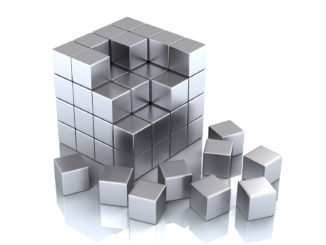
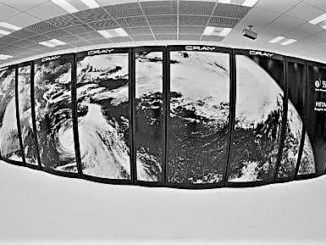
Be the first to comment